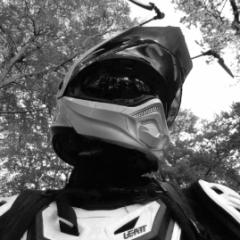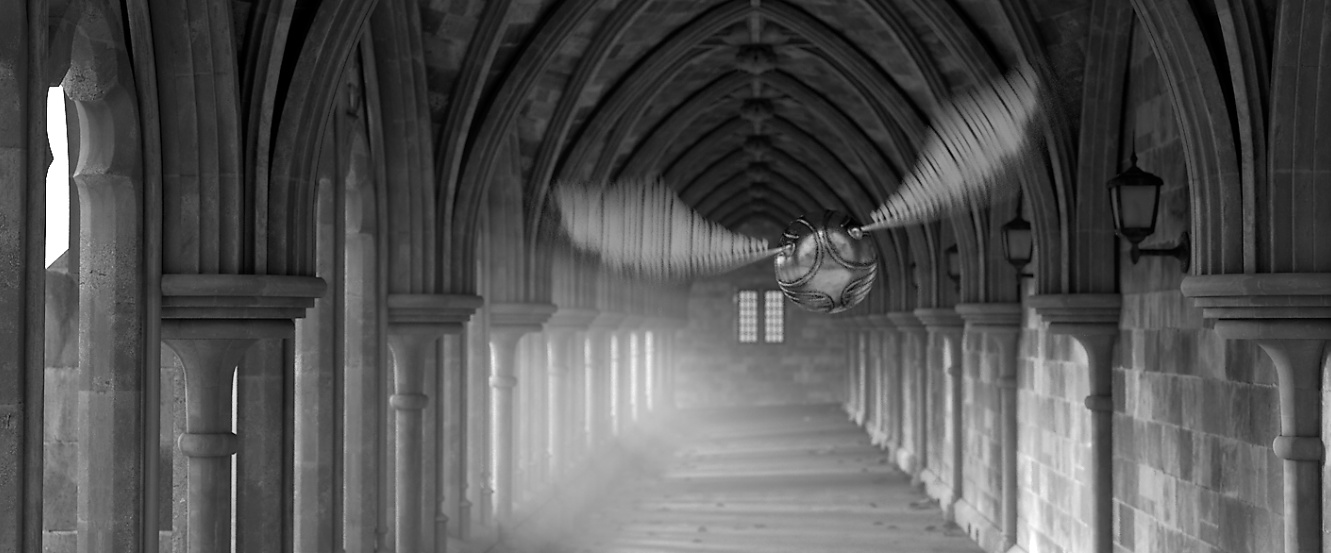-
Posts
17,819 -
Joined
-
Days Won
698
Content Type
Profiles
Blogs
Forums
Gallery
Pipeline Tools
3D Wiki
Plugin List
Store
Downloads
Everything posted by Cerbera
-

Cinema 4D Morphing complex objects/cloners
Cerbera replied to Zack Eisenfeld's topic in Animation - Do Not Post Here
Sure. You can clone a group of objects directly onto or inside an object as shown below... One on the left is cloned onto every vertex, and on the right cloned into the volume of the 'worm' shape. Once you have this sort of setup it is relatively trivial to animate between this arrangement of clones, and any other. See this tutorial here. Obviously you are using the worm instead of text, and we don't know what your other morph shape is, but other than that, it should be all you need right ? CBR -
Yes !!! 🙂 Found a way to clone onto each original leaf ! The key there is to add 7 nulls into the cloner to make it only do a leaf clone every 8 polys - that way, cloning onto polygon centres we get 1 clone per 8 poly leaf. Update: And now with restored bend modifiers, axes placements and whatnot. This is pretty close... alpha_working.c4d CBR
-
Actually, we can possibly do a bit better than that. I am just figuring out a way to collapse those leaves to single polys, and if I can, then we can clone new leaves directly on top of them ! CBR
-
Indeedy 😕 Try and get .fbx versions of stuff if you can - much higher chance of materials working in those. Maybe that tree isn't entirely useless though. The branches seem OK ! Could you not make some poly selections out of those and clone some new leaves on to them ? That way you COULD use your existing texture files, but applied to the leaf models you make children of your cloner ! CBR
-
That's fair comment - surprisingly that information is not on that page ! 🙂 I'll suggest they improve that ! CBR
-

Cinema 4D Morphing complex objects/cloners
Cerbera replied to Zack Eisenfeld's topic in Animation - Do Not Post Here
You can't morph a single object into a cloner of cubes. The cubes are all separate objects so that couldn't work. But you can clone into the volume of the worm if that helps in some way... CBR -

Cinema 4D R21 Content Browser licences
Cerbera replied to IvyBarringer's topic in Miscellaneous - Do Not Post Here
Yes that's fine unless otherwise indicated in the files themselves. CBR -
The problem is not the alpha - it's that none of the leaves have been UV mapped - indeed there is no UV map for this entire object ! So assigning a material to the the leaf selections certainly won't work if you try and use a Standard Projection, but in this case it still won't even if you use UV mapping, which is what that should be set to if the UVs were setup properly. I guess this is because obj files don't come in with UV maps, but in this case its a fatal flaw in this plan, and unless you have this model in its pre-obj state you cannot use those textures on this model without a lot of effort that is so painstaking as to be utterly impractical. You'd literally be faster doing new leaves yourself from scratch. CBR
-
Yep, hierarchy is wrong. It should be this... Also metaball settings for me were this. CBR
-

Cinema 4D Where do you get Cycles4d?
Cerbera replied to bkjernisted's topic in Rendering - Do Not Post Here
Insydium, the Xparticles guys. CBR -
Oh, and I should probably say that as an alternative to drawing source splines, you can extract them from any polygon mesh using the Edge to splines command under the mesh / spline menu. CBR
-
OK, there is a better way to do this. Forget what I said earlier 🙂 Draw a spline in one of the orthographic views, then hide it and make that the source spline for a MoSpline Object in Spline Mode. Then dump that under a metaball, and play with the End Parameter in the MoSpline to get it to grow on. Rinse and repeat for other splines. CBR
-
Good news - that's astonishingly easy to sort out ! 🙂 Get an icosa sphere of medium poly density and give it some basic noise-driven displacer deformer action (Animate the noise to get the movement). Remove the phong tag from that to get the faceted look. It also gets a 100% reflective texture, and you need to make sure there are things in the scene that will give this something to reflect. Typically you would use an HDRI on a Sky object (hidden from camera with a compositing tag) for that. The outer cage is probably a slightly larger icosa-sphere, animated in the same way but perhaps with a different noise seed value inside an atom array. CBR
-

Cinema 4D Strange reflections in background glass
Cerbera replied to Langley's topic in Modelling - Do Not Post Here
Progressive is a render method suited to fast previews but I'd say not final renders so much (as I understand it there is certain render functionality that is not in Progressive mode, but alas I don't remember the specifics), so wherever there are problem renders to solve I tend to remove progressive rendering early on just to eradicate it from my enquiries, so not specifically because there is glass involved. The model itself is not constructed in a way that should cause problems (ignoring the tris and complex poles for now ;), but it is very dense in places, and unnecessarily so especially if we consider the HUUUUGE amount of subdivision you are applying with not only L3 SDS but also 4 levels of render time subdivision in the displacement (that's 7 levels of subdivision in total !) So that's why it takes ages to render, but I don't think that in itself is causing your weird shadows. I am fairly sure that is something in the environment, but I haven't found what yet. CBR -

Cinema 4D Inconsistent Vray Render Times
Cerbera replied to Zackzan's topic in Rendering - Do Not Post Here
Please take care to post in the right section, which is not The Lounge. We have a special category for Vray under Rendering. CBR -
Check out the Surface Deformer... CBR
-

Cinema 4D Strange reflections in background glass
Cerbera replied to Langley's topic in Modelling - Do Not Post Here
Physical (also checked 'shading transparency check' and changed it from Progressive to Adaptive / Automatic / 20%). CBR -

Cinema 4D Strange reflections in background glass
Cerbera replied to Langley's topic in Modelling - Do Not Post Here
OK, here's what I get with both those in... I haven't got the map that would give me the displacement on the front, but the stipples are in... I have also used a different HDRI, just applied to a Sky object, and removed your Sky rig, to rule that out of the equation. CBR -
I can confirm this idea has been submitted a number of times already, and by me again today. CBR
-

Cinema 4D Strange reflections in background glass
Cerbera replied to Langley's topic in Modelling - Do Not Post Here
It's a bit tricky because I don't know which bits you think are weird ! For example - can you see the same weirdness in this render of your bottle ? CBR -
I can't get you valium, but I can give you the scene file with that done, and the null not scaled ! So it does work, even if it's not as easy as it should be ! scaletest working.c4d CBR
-

Cinema 4D Strange reflections in background glass
Cerbera replied to Langley's topic in Modelling - Do Not Post Here
Delete the displacement material from the glass, re-render and tell me if the weird refs go away for you... Also turn off Exit Refs in the Glass transparency channel, which have no place in any render where you are going for realistic glass ! CBR -
Yes it worked for me. And I'd say this was viable because the Y size of your red object is the same as the Y Size+ value for the whole null. CBR
-

Cinema 4D Strange reflections in background glass
Cerbera replied to Langley's topic in Modelling - Do Not Post Here
We are going to need that file, so please use dropbox etc if it's too big to upload directly. One question I could ask would be 'does your glass have real world thickness' ? CBR -
Step 1. Watch this video. That'll tell you how to do it with a single poly object. https://lesterbanks.com/2017/08/easily-scale-proportionally-c4d/ That does work on groups too, but you will need to use the Size+ Mode of Coordinates Manager rather than just Size. CBR

